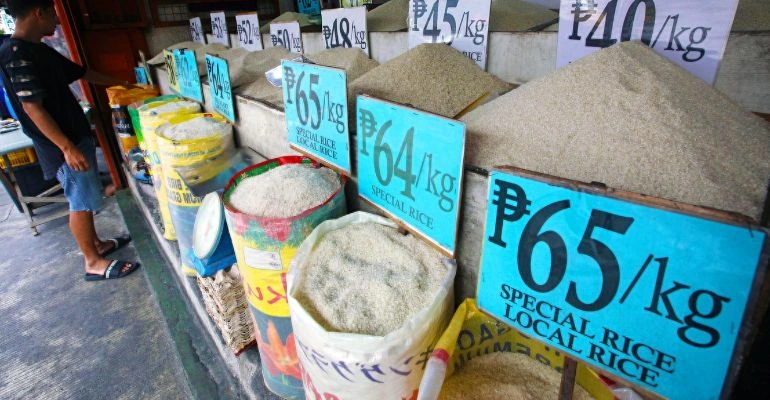The Department of Agriculture (DA) announced on April 23, 2025, that rice will be sold at ₱20 per kilogram in the Visayas.
This initiative aims to provide affordable rice to consumers and reduce the financial burden on Filipino families.
Starting in the Visayas, the DA will sell rice at ₱20 per kilo, with the program set to run until December 2025.
Consumers will be able to purchase up to 10 kilograms per week, totaling 40 kilograms per month.
The program will run until December 2025, allowing consumers to buy up to 10 kilograms of rice per week, or 40 kilograms per month.
Initially, the pilot program will be implemented in select areas of the Visayas, including Cebu and Bohol.
Initially, the program will be implemented in select areas of the Visayas, such as Cebu and Bohol.
If successful, it will be expanded to other regions across the country.
The initiative aligns with President Marcos’s goal of stabilizing rice prices nationwide.
The DA, led by Secretary Francisco Tiu Laurel Jr., will oversee the distribution of rice from well-stocked government warehouses, ensuring a steady supply.
The national government has allocated ₱3.5 billion to ₱4.5 billion for the program.
If the program proves successful, the ₱20 per kilo rice initiative could be extended nationwide by 2028, contributing to long-term food security and economic stability for Filipinos.
The DA will monitor and adjust the strategy to ensure the program’s effectiveness.
The DA will use rice stocks from government warehouses to supply the program. The department has confirmed that there is enough rice to meet the demand in the Visayas, and it will adjust distribution as necessary to ensure supply.
The government intends to provide ongoing financial support for the program. If the pilot in the Visayas proves successful, additional funding may be allocated to extend the program’s reach and duration, with the goal of expanding it nationwide by 2028.
The government plans to work closely with local farmers to increase rice production, improve yield quality, and reduce costs. Programs that provide subsidies, modern farming technologies, and better infrastructure for local rice producers will help ensure a steady supply of rice for the program.
Keep Reading: Bong Go Maintains Lead in Latest SWS Survey for 2025 Senate Race

Leave a Reply